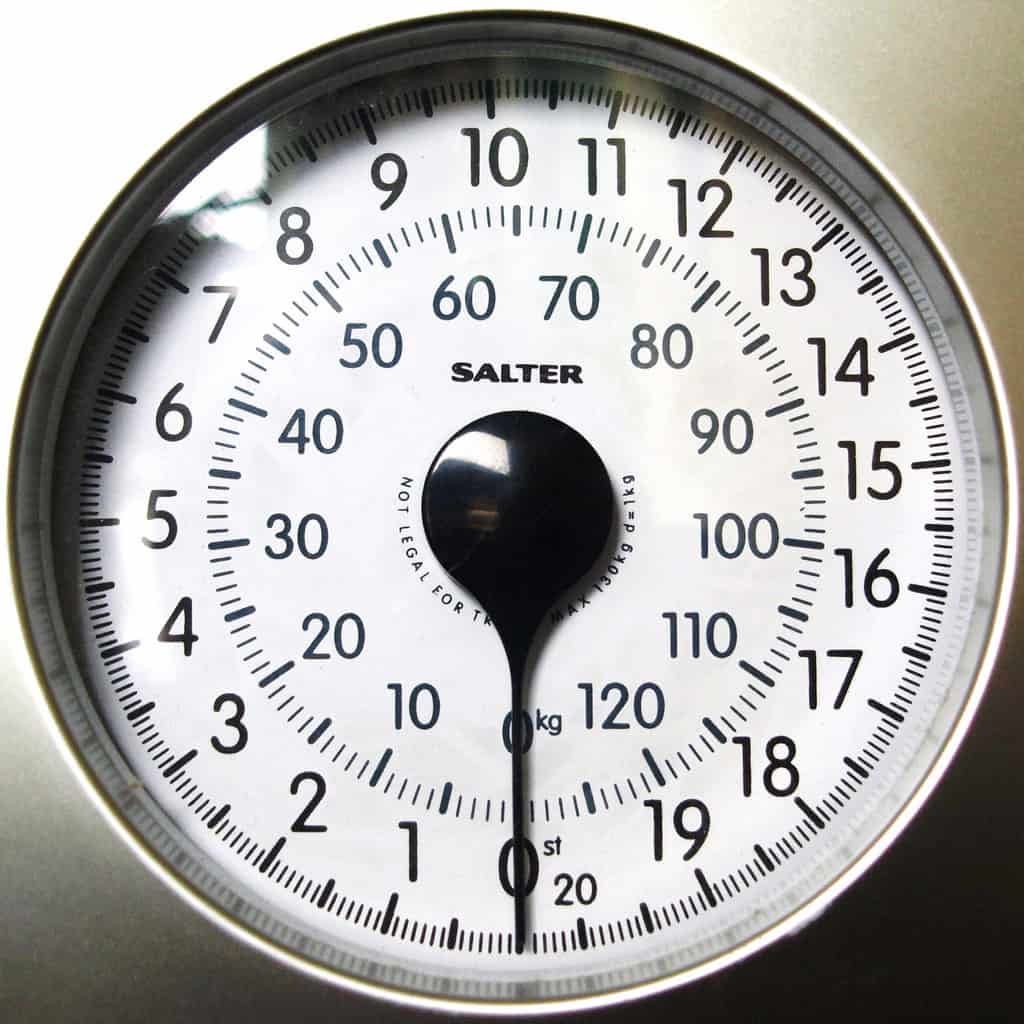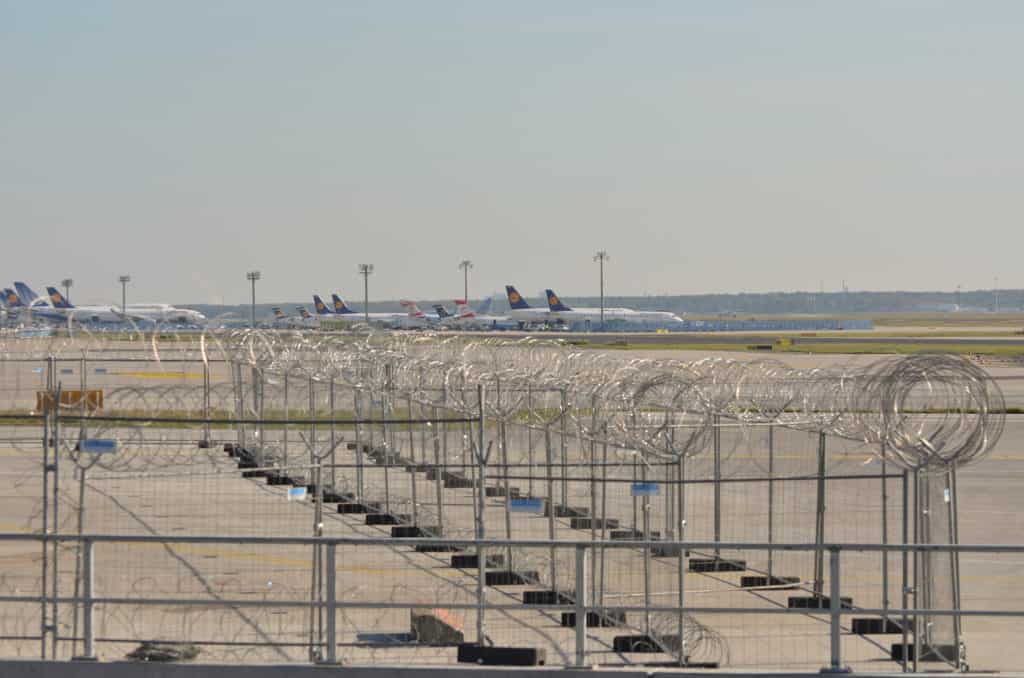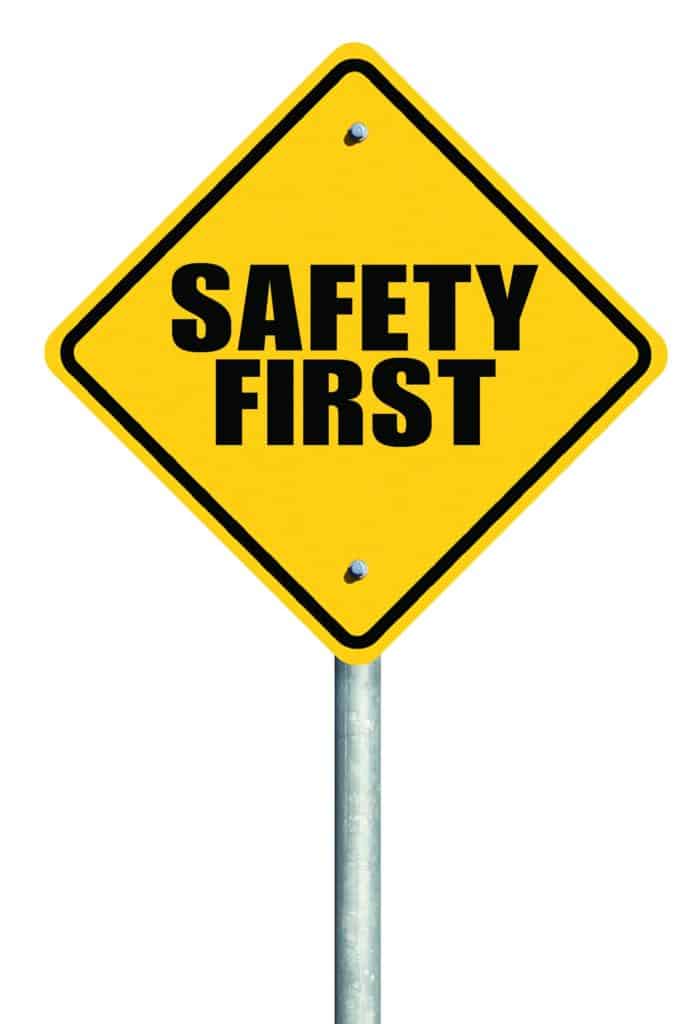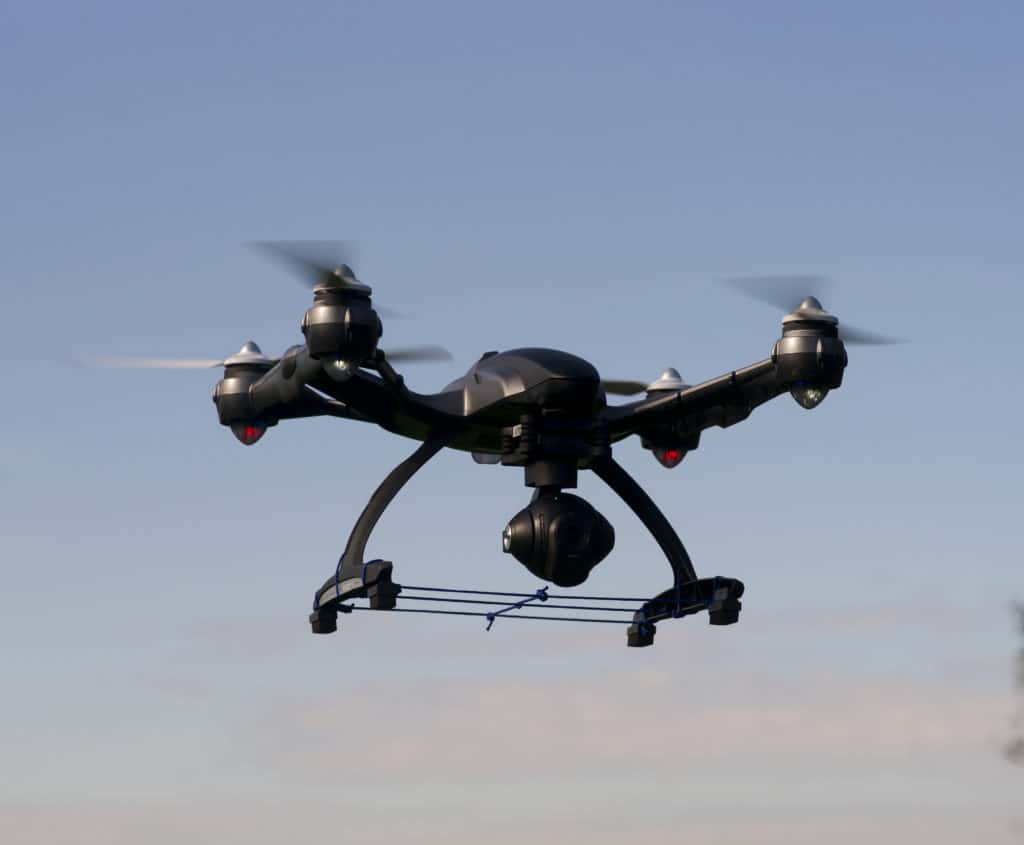The operation of unmanned aircraft systems, commonly referred to as “drones” can pose a serious threat to other aircraft and people and property on the ground, especially when not operated safely and responsibly. In light of their growing popularity ICAO developed a UAS Toolkit specifically aimed at informing operators and remote pilots and keeping other aircraft and communities safe. The holiday season is the biggest time of year to be gifted a drone. Anyone operating a new drone will benefit from the following tips found in this toolkit:
1. Always consult your local Civil Aviation Authority since drone regulations and guidelines differ from country to country. Many States’ regulations can be accessed from the Toolkit.

2. Remember that you are now a remote pilot and are responsible for flying safely, following the State regulations, and avoiding collisions.

3. Most States require you to obtain a remote pilot licence/permit before operating a drone in that State.
4. Depending on the complexity of the operations, many States also require you to obtain a special approval before operating a drone.

5. Keep your drone within eyesight at all times, so that you can make sure its is not flying where is shouldn’t be.

6. Read the users’ manual provided by the manufacturer thoroughly before operating your drone and comply with all procedures/restrictions.

7. Check your drone before each flight to make sure it is in proper operating condition.

8. Don’t fly within 30 metres of or over people, property or vehicles.

9. Don’t fly more than 120 metres (400 feet) above the ground.

10. You may need special approvals to fly near airports or heliports, or in controlled airspace. If in doubt, stay at least 4km away.



